Android 16 is already here! The next update of Google's mobile OS was not long in coming. What's new, compatible devices and release schedule, here's everything we know about Android 16.
Android 16, codenamed Baklava internally, marks a shift in Google's software strategy. For many years, we've been treated to one major update of the mobile OS per year, around the same time of year. The American firm has decided to change pace and shorten the time between each version, which will allow new features to be deployed more quickly. As a result, Android updates are now completely unrelated to the release of Google Pixel smartphones, whose new models were generally the first to receive the latest version of Android.
After several previews for developers and the move to beta, we are starting to get a good idea of what Android 16 will look like. Discover with us all the new features on the program, as well as the release schedule and the smartphones compatible with the update.
When will Android 16 be available?
Android 16 will arrive sooner than expected. Google has already published a rollout schedule for the different versions of the update:
- Developer Preview 1 is released in November 2024.
- Developer Preview 2 is released in December 2024.
- Beta 1 is released in January 2025.
- Beta 2 is released in February 2025.
- Beta 3 is released in March 2025.
- Beta 4 and later are released in April/May 2025.
Google specifies that Android 16 should be stable by Beta 3 in March 2025. From that point on, there will be almost no changes to the final version, with developers focusing on optimizations and bug fixes. System behaviors and APIs will be finalized, allowing third-party developers to finalize updates to their apps and services to ensure compatibility with Android 16.
There is no official release date for Android 16 at this time, but we can expect a launch in late spring or early summer 2025. It However, it is possible that the deployment of the stable version will begin as early as June 2025, much earlier than expected.
In its roadmap, Google mentions the release of a new minor version of the system in the fourth quarter of 2025, including new features and changes to the APIs, but without any change in behavior.
It is not known how the American company plans to promote it and whether it will be entitled to a specific name, like Android 16.1 for example. It's been a long time since Google has used this type of nomenclature. The last really important Android X.1 version that we can remember was Oreo and Android 8.1. But that doesn't mean that Google can't go back to it.
Which smartphones are compatible with Android 16?
As of this writing, Android 16 beta 1 has just been released. Third-party manufacturers have not yet communicated the list of their devices that will be updated to this new version. But Google has announced all of its compatible models:
- Pixel6 and Pixel 6Pro
- Pixel6a
- Pixel7 and Pixel 7Pro
- Pixel7a
- PixelFold
- PixelTablet
- Pixel8 and 8Pro
- Pixel8a
- Pixel9, Pixel9Pro, Pixel9 ProXL, and Pixel9 ProFold
For other brands, we'll know more once we're further along in the beta process. Rumor has it that the Galaxy S25 could be one of the first non-Pixel phones to be eligible for an Android 16 beta, via One UI 8 (yes, One UI 7 just came out). At Samsung, all high-end smartphones from the Galaxy S22 onwards should be served, but not necessarily from launch.
For Xiaomi, OnePlus, Oppo, Asus, vivo, Motorola, Nothing and others, you have to rely on their respective update policies to get an idea of the availability of Android 16 on your device, while waiting for official information. If your mobile is recent, it should be updated, but some manufacturers quickly abandon software monitoring on their entry-level devices.
How to install Android 16?
When the final version of Android 16 is available on your smartphone, you will receive a notification inviting you to download and install the update. If you are in a hurry, you can also install the Android 16 beta on your device. You can sign up for the beta program with your compatible Pixel device from this link. Other manufacturers are expected to launch their own programs for future Android 16 betas.
There are alternative methods to flash Android 16 builds on a device that isn't officially supported, but doing so carries risks to your data and device. We don't recommend doing so unless you know what you're doing.
What's new in Android 16?
While Android 16 is coming sooner than previous updates, Google is still preparing a large number of changes, improvements, optimizations, and new features. Here's a sneak peek at some of the ones that caught our eye. Keep in mind that all of the new features we're talking about here are either in beta or not yet enabled, so it's not yet clear whether they'll make it into the final release.
Adaptive display for apps on folding smartphones and tablets
Android has often been criticized for not providing a truly tablet-friendly experience, especially when compared to Apple's iPadOS. It wasn't until the rise of foldable smartphones that real efforts were made in this area.
With Android 16, we're seeing the gradual removal of the ability for apps to restrict the orientation and resizing of the display on large screens. This new feature will "allow users to run applications in any window size and aspect ratio", Android developers explain.
Some compatibility issues with the display on tablets and folding smartphones will thus be resolved. We also learned that Android 17 will go even further, preventing third-party developers from locking a specific orientation or screen ratio for their applications.
Multiple additions for Bluetooth LE Audio devices
The user has more control over their compatible devices Bluetooth LE Audio with Android 16. This version allows you to adjust the volume of ambient sounds picked up by the microphones of the headset or wireless headphones.
It will also be possible to independently control the volume on the left and right side. We will also be able to switch on the fly between the microphones of the audio device or those of the smartphone, via a notification displayed during a call.
Listen to the same audio source with several devices
We expected it for Android 15, compatibility with the audio sharing function associated with Auracast technology should this time arrive with Android 16. This allows you to connect several Bluetooth audio devices simultaneously to a single smartphone, and therefore listen to the same content at the same time without having to share headphones, significantly improving comfort in this type of situation.
Notifications displaying live updates
On iPhone, Live Activities allow you to follow live events via its notifications from iOS 16. Google's mobile OS will catch up in this area thanks to Android 16 with the introduction of Live Updates in notifications.
If you have ordered food, you will be able to follow the status of your delivery live without having to open the application concerned. We can also imagine that sports results, the status of a flight or instructions during navigation could also be displayed in notifications, whether the screen is locked or not.
Currently, Uber has customized its notifications to be able to display live updates on Android. But with the new version, all applications will be able to offer this very practical function much more easily. Here's a video demonstration of the feature.
Separating the notification center from the quick settings
A single space for your notifications and quick settings makes sense so you don't have to juggle between two menus, but it also has its limitations: it's impossible to display a large number of notifications and settings shortcuts if all of these beautiful people coexist.
Android 16 is therefore preparing to split these elements in two, with a swipe allowing you to switch from one to the other. This is the system adopted by iOS and has already made its way onto several Android manufacturer overlays.
Compact notifications on the lock screen
Rethinking the display of notifications has definitely been a major focus for Google for this new version. Android 16 would introduce a compact mode for notifications on the lock screen. By activating it, all notifications are grouped into a drop-down tab in the form of a pill, avoiding ending up with a long list cluttering up the entire screen. What better way to enjoy your beautiful wallpaper and avoid the stress of seeing a large number of notifications accumulate.
A new audio codec
Android 16 supports the Advanced Professional Video (APV) codec, in its version with space YUV 422 colorimetric and 10-bit depth. Developed by Samsung, it will be used mainly by image professionals. This codec supports a bitrate of up to 2 Gb/s, which makes it a choice option for 4K and 8K content. It allows a “video quality without perceptible loss”, close to RAW. APV also has these three advantages:
- It is HDR10 and HDR 10+ compatible.
- It allows multiple decoding and re-encoding, without severe degradation of visual quality.
- It supports multi-view video, with management of depth of field, alpha channels and preview.
More information when changing time zones
When traveling, Android automatically adjusts the time zone. But the user sometimes lacks information: is the time displayed that of the country of origin or that of the destination country? A notification will provide more context in this particular situation, indicating “Your time zone has changed” and specifying which one is now in, such as “You are now in GMT+2” for example. The notification can be enabled or disabled from the settings.
Interface changes
An Android update necessarily comes with some adjustments to the UI. We don't expect major upheavals, but rather to make the interface more homogeneous. The Phone application will benefit from this, with the design of the options menu reworked for greater clarity and a look that adapts to the theme of the wallpaper, as other applications already do. The Settings menu would also be entitled to such an overhaul.
Many users have abandoned the traditional three-button navigation in favor of gesture navigation, but it is still very widespread. At Samsung, the world's largest smartphone vendor, it's still the default option. So while Google would prefer everyone to switch to gesture navigation, it can't neglect three-button navigation too much either.
With Android 16, this type of navigation will catch up by integrating a predictive back animation. This is activated by long-pressing the Back button. A preview of the previous application or screen is displayed, which can be accessed quickly. If you don't want to, just swipe away from the Back button to cancel the return.
By offering predictive return to both types of navigation, Google also hopes to encourage developers to add support for the new predictive return animation to their apps, since all users will be able to benefit from it.
Adaptive refresh rate is becoming more common
Android 15 introduced an adaptive refresh rate feature, allowing compatible devices to adapt to the frame rate of content, reducing power consumption and improving battery life. Android 16 makes it much easier for app developers to implement this feature so that it can be more widely adopted.
Currently, double-tapping the home button on an Android device quickly opens the camera. This shortcut could become customizable to some extent in Android 16. Users could configure it so that this action opens Google Wallet instead of the camera.
For some people, it is more interesting to have simplified access to the application that groups together means of payment, transport tickets, loyalty cards or other. Too bad we're limited to a choice between two apps, though.
An automatic night mode
With Android 16, a greater number of applications involving the camera (we think in particular of social networks and messaging services) will be able to benefit from an automatic night mode. With this function, the settings will be toggled without user intervention when the situation requires it, without the need to manually activate the night mode. Below you can find a comparison shared by Google for the Instagram app with the Pixel 9 Pro and the Galaxy S24 Ultra as an example.
Quick Settings Reorganization
Quick Settings tiles are reportedly being reorganized into seven categories: Accessibility, Connectivity, Display, Privacy, Third-Party Apps, Unknown, and Utilities. This new system should help make finding settings easier in Android 16 by not grouping all the tools in a jumble in one place. It will also be possible to easily delete tiles that you don't want.
For Wi-Fi and Bluetooth tiles, the update could remove the floating panel that appears when you want to access the options details. The information would then be displayed on a normal screen, which does not overlap the previous one, but replaces it.
A better integration of the image selector
Android 16 adds new APIs so that developers can improve the integration of the media file selector in their applications. This interface, which allows you to choose photos or videos on your device (for uploading in particular) can be displayed more naturally, as if it were part of the app itself. This new feature does not require any additional permission to be granted to the application, which will not have access to more data than necessary.
The comeback of app shortcuts in the form of bubbles?
The additional display space available on tablets and folding smartphones could be used to accommodate shortcut bubbles to applications, allowing them to be accessed more quickly. This system has been popular for messaging apps in particular, and could make a comeback with the update.
A new screen split ratio for multitasking
Android's multitasking split screen currently only offers two options for splitting the display into two parts: 50:50 or 70:30. Android 16 could include a third ratio, 90:10. This option would allow to keep almost the entire screen for the app in use while having direct access to the second to swap them regularly.
Better battery management
Android 16 could natively integrate advanced battery management functions, some of which are already available on manufacturer overlays. The user could choose to limit the charge to 80% or to adapt the charging speed according to their habits in order to preserve the health of the battery in the long term. A battery recalibration option has also been spotted. This would improve the accuracy of battery capacity measurements.

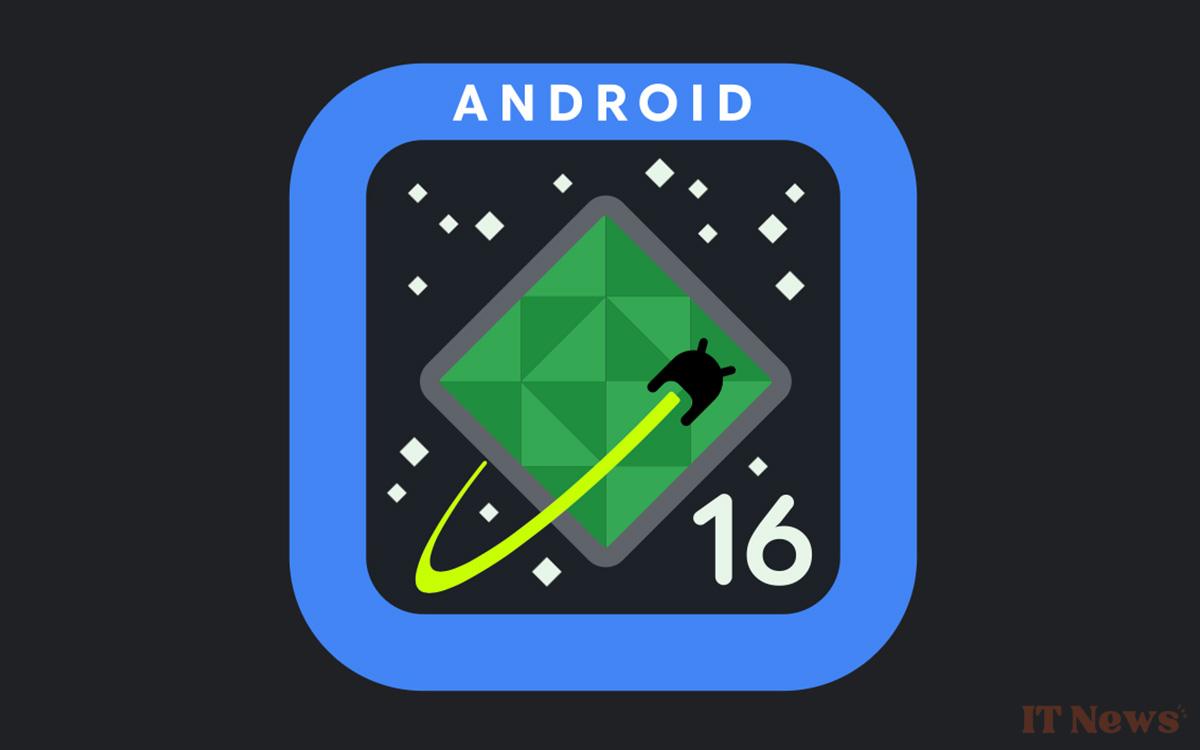



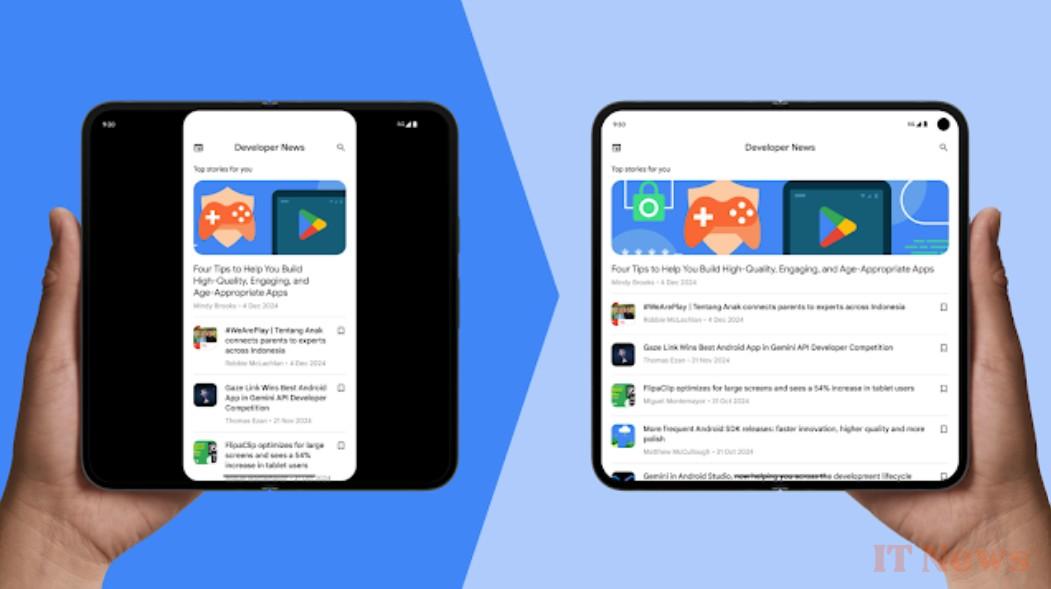
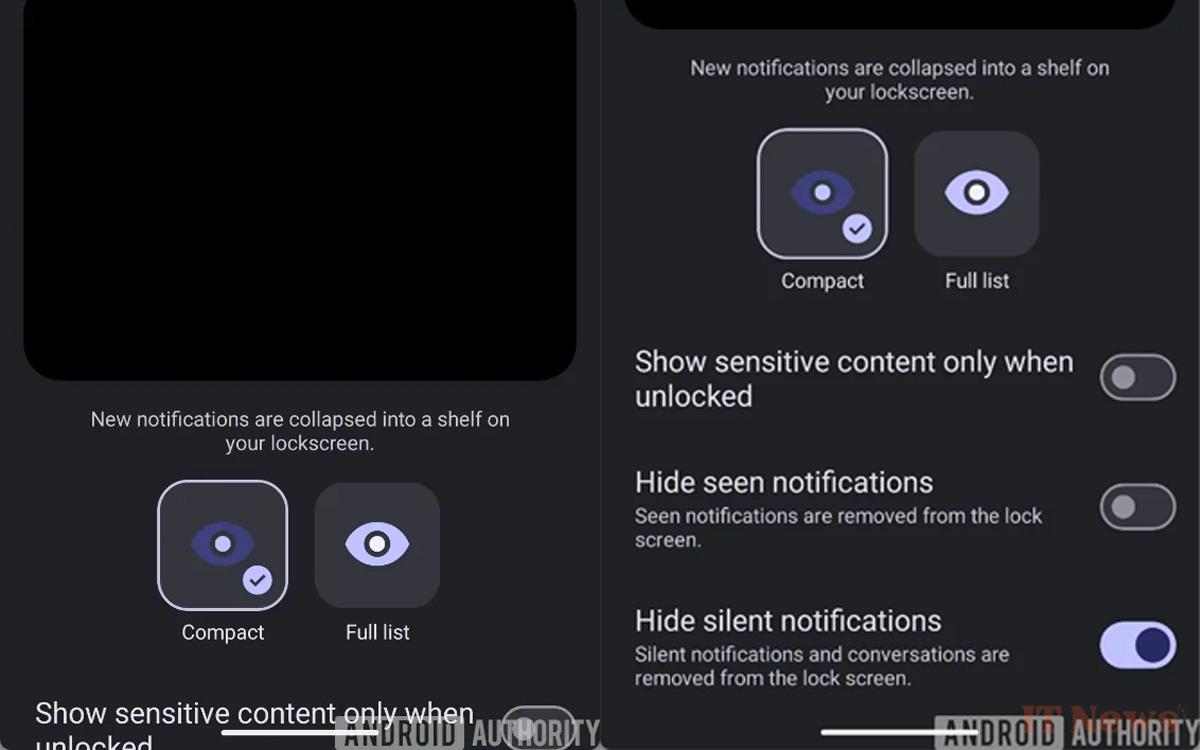
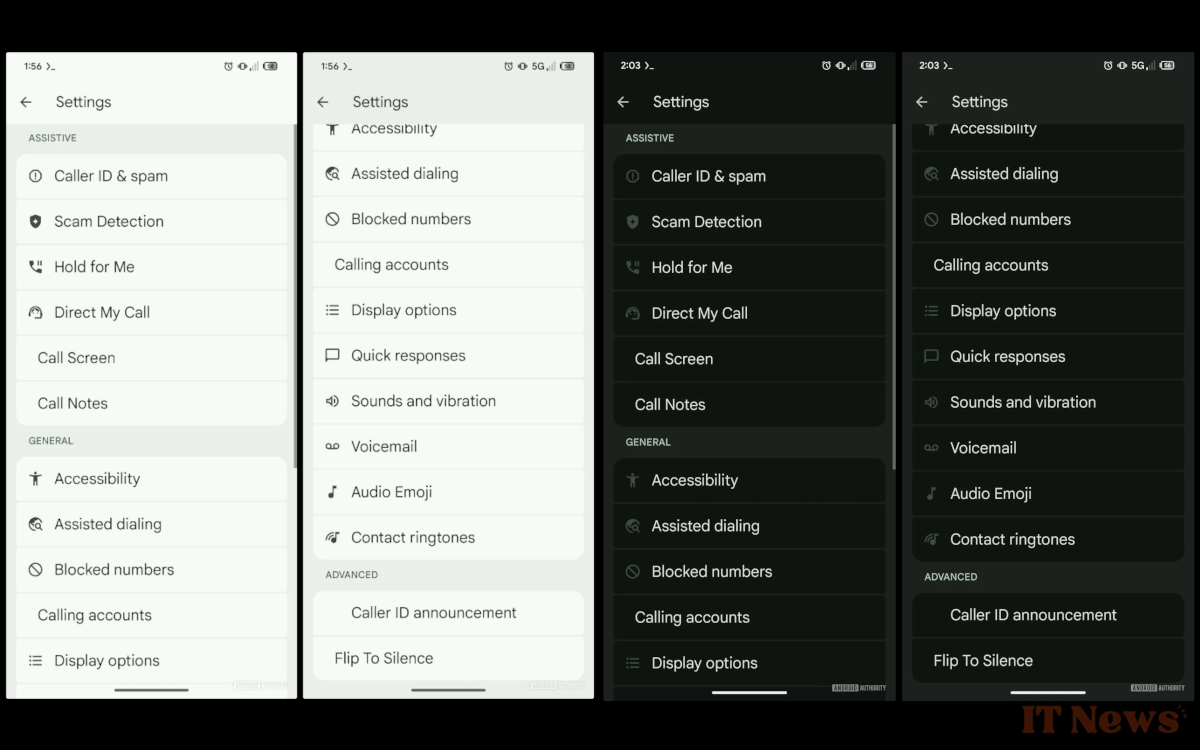
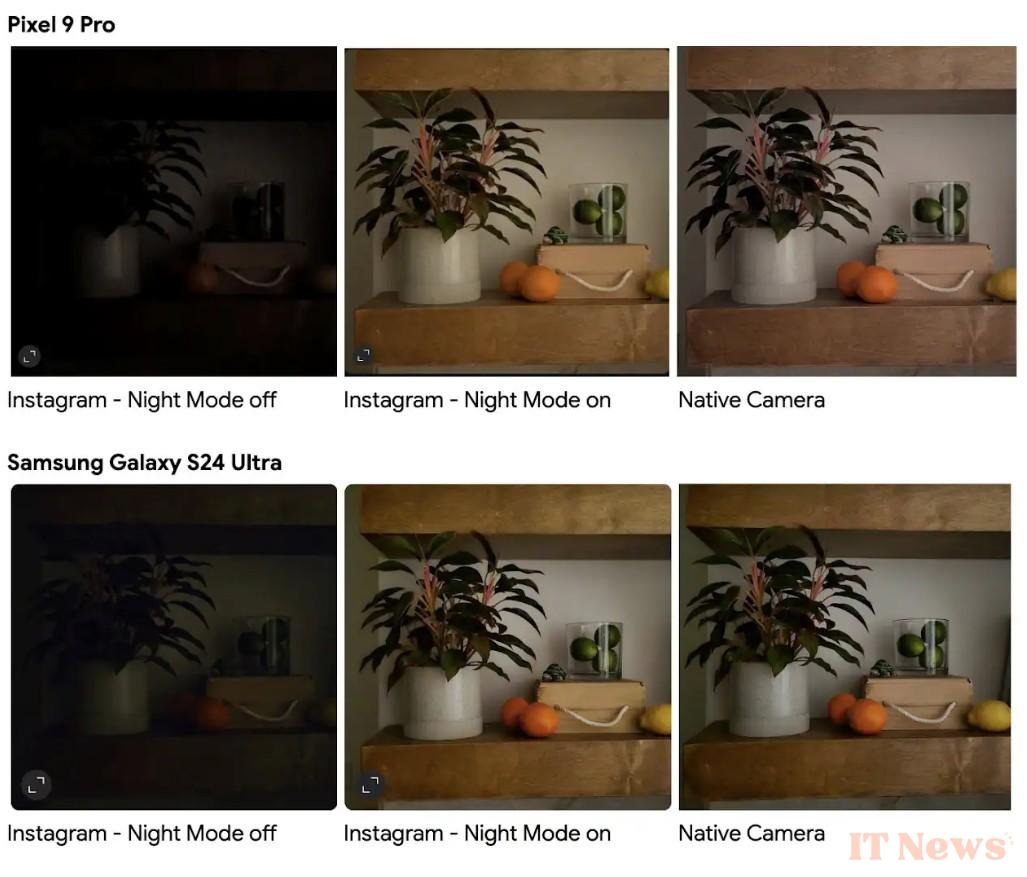

0 Comments